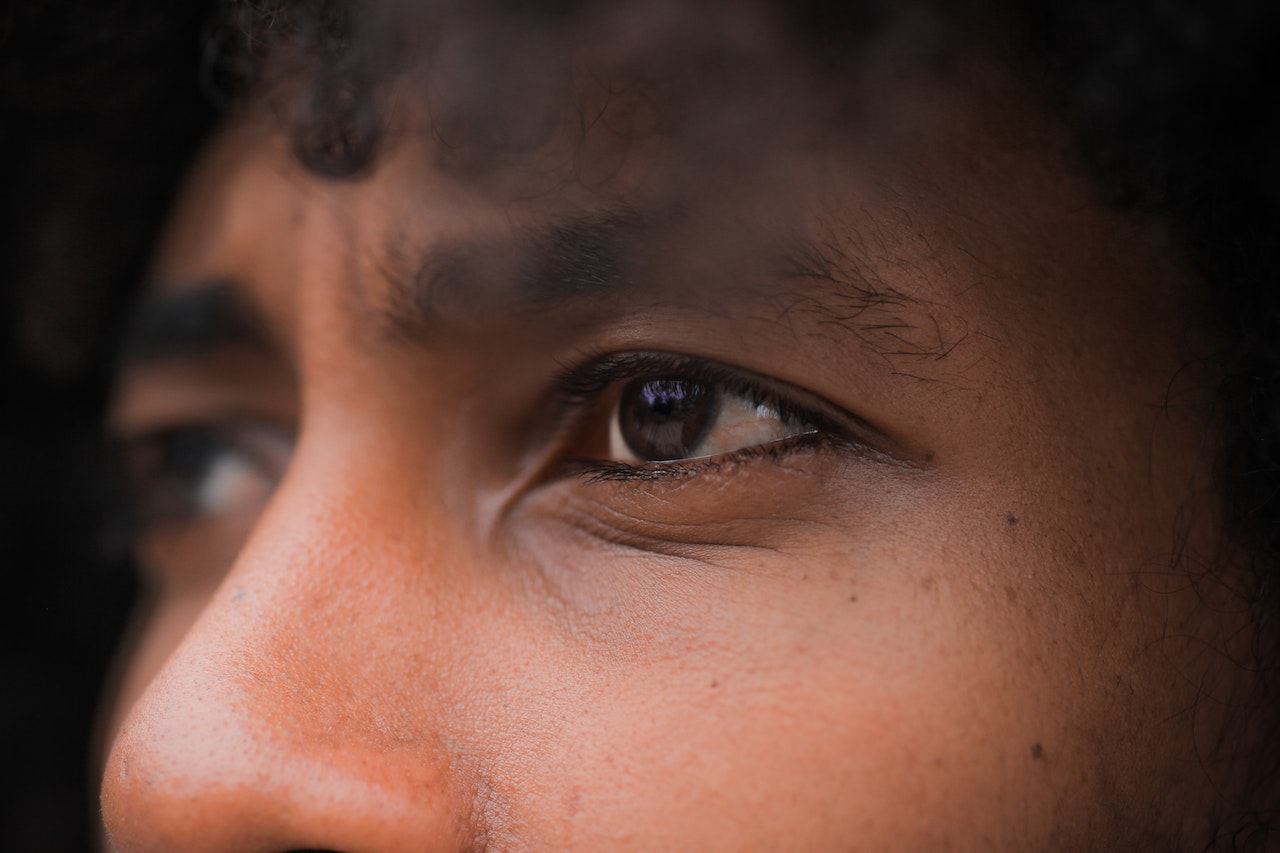Human eyes are often thought of as being the same size from birth, but this is actually not the case. Studies have revealed that newborn babies typically have larger eyes than adults and that, over time, the size of a person’s eyes can shrink.
Additionally, there are other factors that can affect the size of a person’s eyes such as age, sex, race, and genetic predisposition. In this article we will explore the science behind why human eyes are not the same size from birth, what factors influence eye size, and how these changes can impact vision. We will also cover potential treatments for issues related to eye size.
The average human eye
The average human eye is about the size of a ping-pong ball. The eyeball is almost spherical, with a slightly flattened front surface. The diameter of the average adult human eye is about 24 mm. The eyeball is composed of three layers, which are surrounded by four muscles that control its movement.
The average human eye is about the size of a ping-pong ball. The adult eye is about one inch in diameter. The size of the pupil (the black part in the center of the eye) changes with the amount of light that is present. In low light, the pupil gets larger to let in more light. In bright light, the pupil gets smaller to prevent too much light from entering the eye.
For more information visit our Website: Sanpaku Eyes
How the size of your eyes affects your vision
The size of your eyes affects your vision in a few ways. Smaller eyes tend to have worse nearsightedness, while larger eyes are more likely to be farsighted. The shape of your eyeball also plays a role in how well you see. People with longer eyeballs are generally better able to see far away objects, while those with shorter eyeballs have an easier time seeing things up close.
The size of your eyes affects your vision because the smaller your eyes are, the less light they can let in. This means that if you have small eyes, you will be more likely to need glasses or contact lenses to see clearly.
Why do babies have such big eyes?
There are a few reasons why babies have such big eyes. One reason is that their eyeballs are actually larger in proportion to their head size than adults. Another reason is that the muscles that control the size of the pupil are not fully developed, so the pupil appears larger. Additionally, the skin around the eye is thinner in babies, making the eyes appear even bigger.
All of these factors combine to give babies some of the largest eyes relative to body size of any mammal. And it’s not just humans – all baby mammals have large eyes relative to their body size. So why do we have such big eyes?
One theory is that it helps us bond with our young. Large, bright eyes are hard to resist, and when we look into our baby’s eyes, we feel an instinctual urge to protect them and care for them. Additionally, large eyes may help babies learn more about their environment and pick up on important social cues.
If you want to know more about eyes Click here: Sanpaku Eyes
How the size of your eyes changes as you age
The average human eye is about one inch in diameter. But, as you age, your eyes may change size. For example, if you have a condition called presbyopia, your eyes may slowly get larger. And if you have a build-up of fluid in your eye, called edema, your eyes may swell.
The size of your eyes changes as you age for a variety of reasons. For one, the bones and muscles around your eyes grow as you age, which can make your eyes appear smaller. Additionally, the fatty tissues that help support your eyeballs can shrink with age, causing your eyes to sink deeper into their sockets.
This can also make them appear smaller. Finally, the lens of your eye continues to grow throughout your life, becoming thicker and yellowed with age. This can make your eyes look less bright and vibrant.
Why are some people’s eyes different sizes?
There are a few reasons why some people’s eyes may be different sizes. One reason could be that the person has hetero chromic, which is when the irises of one’s eyes are two different colors. Hetero chromic is relatively rare, and usually occurs when one inherits genes from both parents for different eye colors.
A more common reason for differences in eye size is due to ptosis, or drooping of the eyelid. Ptosis can be caused by a number of things, including muscle weakness, nerve damage, or trauma to the eyelid. In some cases, it may also be present at birth.
Conclusion
It is clear that human eyes are not the same size from birth. In fact, our eyes grow as we age and reach their full adult size by the time we are in our late teens or early twenties. Although there may be some variation between individuals, on average, it can be said that human eyes gradually increase in size throughout our lifetime. This highlights the importance of regularly checking for any changes to your eye health – especially during childhood and adolescence!

